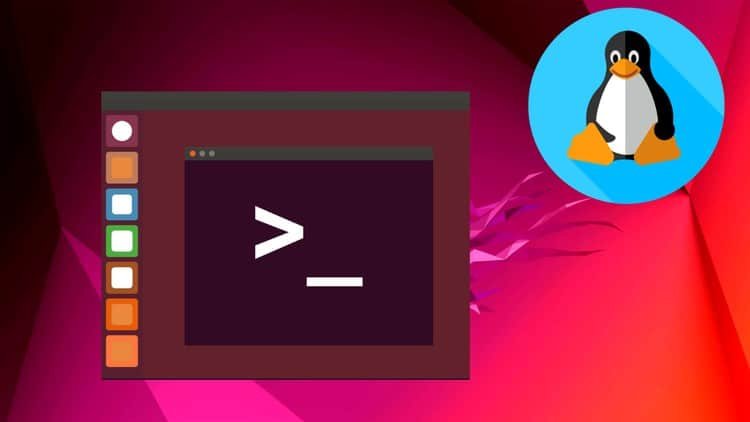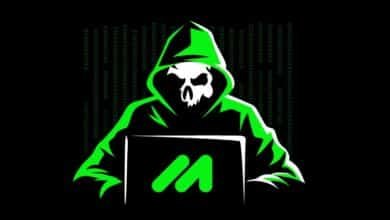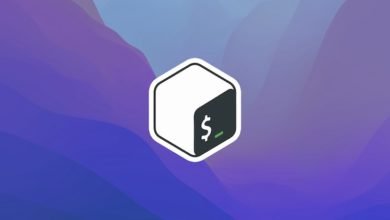Linux Tutorial – Master The Command Line
Become a Linux Command Line Expert – From Beginner to Advanced Techniques

Linux Tutorial – Master The Command Line
Become a Linux Command Line Expert – From Beginner to Advanced Techniques
What you’ll learn?
- How to install Ubuntu Linux on VirtualBox on Windows
- Basic Linux commands such as “ls”, “cd”, “mkdir”, “rmdir”, “touch”, “cat”, “rm”, “cp”, and “mv”
- Advanced topics like file permissions, user and group management, network troubleshooting, network utilities, secure file transfer, and system monitoring
- Network utilities such as “ifconfig”, “ip”, “whois”, “nslookup”, and “wget.”
- Secure file transfer with “ssh” and “scp.”
- System monitoring tools like “uptime”, “ps”, “top”, and “kill.”
- How to use the “nl”, “chage”, and “passwd” commands
Requirements
- A basic understanding of computer concepts
- A willingness to learn
Description
Welcome to “Linux Tutorial – Master The Command Line”!
This course will teach you the fundamental skills required to navigate and work with the Linux command line. We will start by installing Ubuntu Linux on VirtualBox in Windows and then proceed to cover a variety of basic Linux commands, including the “ls” command for listing directory contents, the “cd” command for changing directories, the “mkdir” command for creating manuals, the “rmdir” command for deleting directories, the “touch” command for creating files, the “cat” command for displaying file contents, the “rm” command for deleting files, the “cp” command for copying files, and the “mv” command for moving files.
See Also: The Unix Command-Line for Beginners
We will also delve into more advanced topics such as file permissions, user and group management with the “chmod”, “useradd”, and “groupadd” commands, the “head” and “tail” commands for viewing the beginning and end of a file, the “chown” and “chgrp” commands for changing file ownership and group membership, and the “ping”, “traceroute”, and “mtr” commands for network troubleshooting.
Additionally, we will cover essential network utilities such as “ifconfig”, “ip”, “whois”, “nslookup”, and “wget”, as well as a secure file transfer with “ssh” and “scp”. We will also discuss system monitoring tools like “uptime”, “ps”, “top”, and “kill” and explore the “nl”, “chage”, and “passwd” commands.
By the end of this course, you will have a solid foundation in the Linux command line and be well-prepared to take on more advanced tasks and challenges. So, enroll now, and let’s get started!
Who this course is for?
- Beginners who are new to the Linux command line
- Experienced users looking to expand their skills
- IT professionals looking to add Linux command line proficiency to their toolkit
- Anyone who wants to become proficient in using the Linux command line
Get the Course for FREE
All courses and tutorial content here are copyrighted, don’t try to sell these courses.
CoursesBag.com provide these courses and tutorials only for learning purposes and for personal use.


